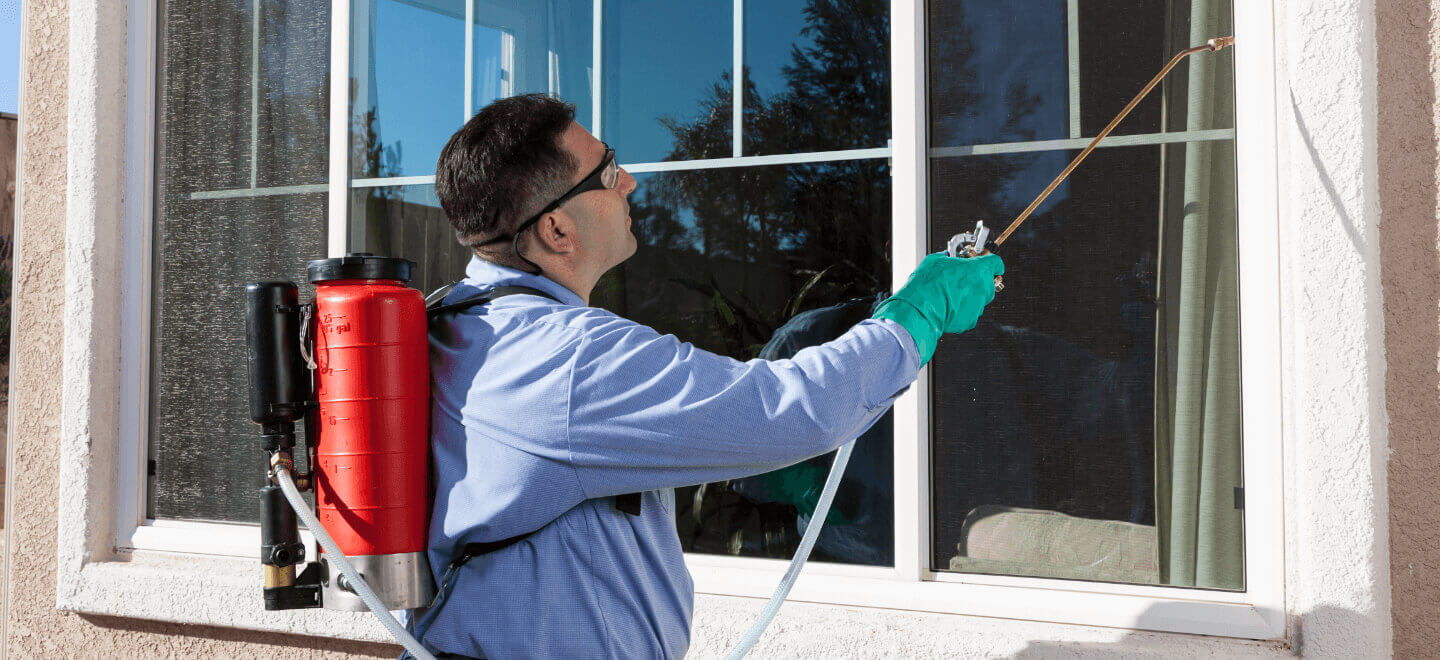Experienced A1 Exterminators Charlotte NC - Rapid and Reputable Solutions
Experienced A1 Exterminators Charlotte NC - Rapid and Reputable Solutions
Blog Article
Bed Pest Therapy Malfunction: Contrasting Chemical Vs. Non-Chemical Solutions
In the world of pest control, especially when managing the persistent problem of bed bugs, the selection in between chemical and non-chemical therapy solutions can be a pivotal one. Both techniques offer distinct advantages and drawbacks, affecting elements such as effectiveness, safety and security considerations, and total cost. By taking a look at the nuanced information of each approach, a clearer understanding of which course to seek in dealing with a bed pest problem can be achieved.
Effectiveness of Chemical Therapies
Chemical therapies for bed bug invasions have actually been extensively acknowledged for their powerful and quick efficiency in removing these parasites. When taking into consideration the performance of chemical therapies, it is critical to comprehend that they can offer a thorough and quick remedy to a bed bug issue.
In addition, chemical treatments have the advantage of offering recurring results, suggesting that they can remain to eliminate bed insects also after the initial application. This residual activity is specifically helpful in combating any potential re-infestations. Furthermore, the fast action of chemical treatments can bring alleviation to individuals facing severe bed insect problems, permitting them to regain control of their living rooms rapidly.
Safety Concerns With Chemical Solutions
One crucial facet that needs cautious factor to consider when utilizing chemical remedies for bed bug therapy is making sure the safety and security of occupants and the atmosphere. Exposure to certain chemicals utilized in bed insect treatments can lead to breathing problems, skin inflammation, or various other damaging reactions, specifically in individuals with pre-existing problems or level of sensitivities.
Moreover, the ecological effect of chemical services is an additional significant consideration. Some chemicals made use of in bed insect treatments might be dangerous to helpful pests, wild animals, and communities if they seep into the soil or water supply. It is important to use chemical treatments judiciously, following safety standards, and taking into consideration much less poisonous alternatives to minimize these risks and ensure the risk-free and reliable management of bed pest infestations.
Advantages of Non-Chemical Techniques
Thinking about the prospective security problems and environmental effect related to chemical services for bed insect treatment, checking out non-chemical techniques offers a promising option with several distinct benefits. Non-chemical techniques offer a much safer alternative for houses, particularly those with kids, individuals, or pet dogs conscious harsh chemicals. These strategies eliminate the risks of direct exposure to harmful substances, reducing the capacity for adverse wellness impacts. In addition, non-chemical therapies are eco-friendly, as they do not contribute to air or water pollution, making them a sustainable choice for bug control.
Additionally, non-chemical services can be reliable in targeting bed bugs, consisting of hard-to-reach areas where chemical therapies might not pass through - A1 bed bug exterminator charlotte. Methods such as warm therapy, vacuuming, steam cleansing, and mattress encasements give complete removal without the use of harmful chemicals.
Limitations of Non-Chemical Treatments

In addition, non-chemical therapies often require multiple applications to accomplish effective elimination. This can be taxing and might not constantly ensure full elimination of all bed insects and their eggs, especially in concealed or hard-to-reach locations.
In addition, the success of non-chemical therapies greatly relies upon correct application and thoroughness, which can be challenging for people without specialist knowledge. Insufficient application of non-chemical methods might lead to insufficient removal, leading to persistent infestations and the requirement for added treatments.
Therefore, while non-chemical treatments have their benefits, it is important to acknowledge these restrictions and consider them when determining one of the most efficient approach for handling bed pest invasions.
Cost Contrast: Chemical Vs. Non-Chemical Options
Offered the constraints linked with non-chemical treatments, an important facet to examine in the context of bed pest administration is the expense comparison between chemical and non-chemical alternatives. In contrast, non-chemical treatments like heat treatment or steam can be a lot more pricey, with prices ranging from $1,000 to $6,000 for a whole home. While the initial expense of chemical therapies might seem lower, multiple treatments may be needed to totally remove the invasion, potentially boosting the total price.
Final Thought

Considering the potential security issues and ecological influence associated with chemical remedies for bed pest therapy, discovering bedbugs non-chemical approaches presents an encouraging choice with numerous distinctive benefits.Offered the constraints associated with non-chemical treatments, a necessary element to assess in the context of bed bug administration is the expense comparison between chemical and non-chemical alternatives. In comparison, non-chemical therapies like warmth therapy or steam can be a lot more expensive, with costs ranging from $1,000 to $6,000 for a whole home. While the first price of chemical treatments might seem reduced, numerous treatments might be needed to totally remove the invasion, possibly increasing the total cost.In verdict, when contrasting chemical and non-chemical bed bug treatment alternatives, it is necessary to think about efficiency, safety and security, benefits, constraints, and expense.
Report this page